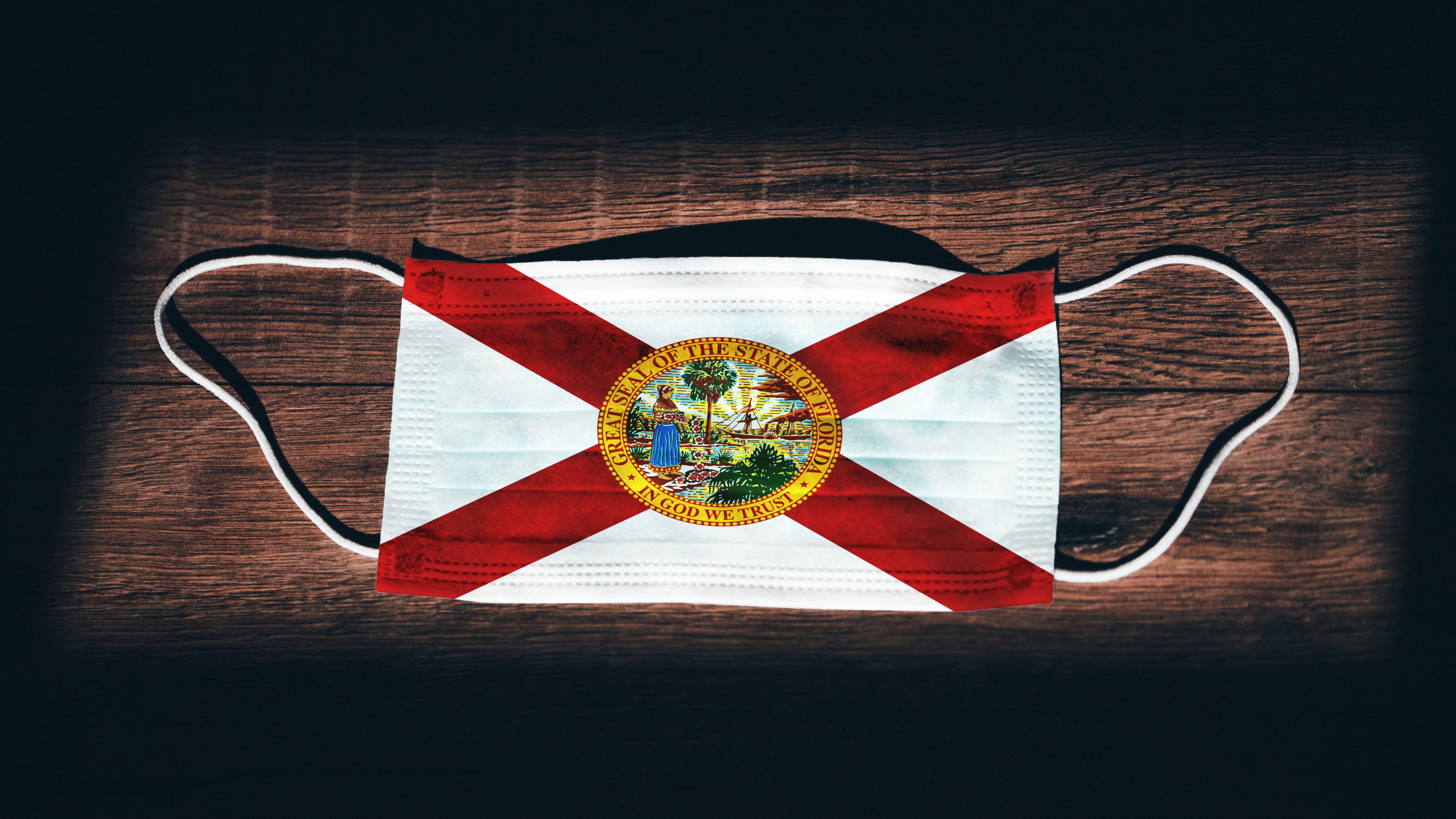- Boston
- Broward County
- Census Bureau
- Chicago
- coronavirus
- COVID-19
- Detroit
- Duval County
- Fort Lauderdale
- Hillsborough County
- Honolulu County
- Jacksonville
- Johns Hopkins Medical University
- miami dade county
- Nashville
- national
- New Orleans
- New York
- Orange County
- Orlando
- Palm Beach County
- philadelphia
- St. Petersburg
- Tampa
- Washington D.C.
- Westchester County

As Miami-Dade County prepares to see its 20,000th COVID-19 case in the next day or two, it and neighboring Broward and Palm Beach counties have made up Florida’s hot spot — yet nationally none of them rank even in the nation’s 50 worst urban and suburban counties.
According to the U.S. Census Bureau’s 2019 estimates, America has 141 urban and suburban counties with at least a half-million residents. Miami-Dade County’s rate of infections per 1,000 people is the worst among those in Florida, based on the most recent COVID-19 infection data collected and presented by Johns Hopkins University of Medicine.
Yet a review of the data Monday by Florida Politics finds that Miami-Dade, preparing to open its beaches, isn’t among even the worst 50 urban or suburban counties throughout America.
And almost all the other counties across the country that contain major cities have infection rates higher than the Florida counties containing Tampa, Jacksonville, Orlando, and St. Petersburg.
The hardest hit counties — as America has seen throughout the spring — almost all are in Northeast states, from Washington, D.C., through Philadelphia, New York City, and Boston, and nearly everything in between along the northern I-95 corridor.
The counties that contain the Midwestern cities Chicago, Detroit, Indianapolis, Omaha, Milwaukee and Minneapolis, Southern cities New Orleans, Louisville, and Nashville, plus Denver out west, also have been struggling this spring with worse outbreaks, per capita, than Miami, and for that matter any other Florida city.
Miami-Dade’s infection rate to date is 7.2 cases per 1,000 residents, based on the Census estimates and Johns Hopkins data. It is the only major county in Florida above the national average of 5.9 cases per 1,000 people.
That compares with infection rates of 20 to 35 COVID-19 infections per 1,000 residents in 10 counties, almost all in or around New York and Boston.
Nineteen more counties have rates of between 10 and 19 cases per 1,000, including the counties containing Providence, Rhode Island; Chicago; New York; New Orleans; Philadelphia; Boston; Hartford, Connecticut; Washington, D.C.; Detroit; Indianapolis; Baltimore; and Louisville.
The nation’s worst outbreak still is being seen in Westchester County, N.Y., north of New York City, one of the original hotspots. The county suffered 35 cases of COVID-19 per 1,000 people. Passaic County, New Jersey, across the river from New York City, has seen about 33 cases per 1,000.
Palm Beach County’s COVID-19 infection rate of 4.8 cases per 1,000 people is the 70th highest among counties with at least 500,000 residents.
Broward County’s rate of 4.0 cases is 78th worst; Lee County’s rate of 2.9 is 95th; Hillsborough County’s rate of 1.9 is 110th; Duval County’s rate of 1.8 is 112th; Polk, Orange, and Pinellas counties all have rates of about 1.6, essentially tied for 117th nationally; Volusia County’s rate of 1.5 is tied for 124th; and Pasco and Brevard counties’ rates of 0.8 cases are tied for 139th, out of 141 American counties with at least 500,000 residents.
Honolulu County, Hawaii, has the nation’s best rate of COVID-19 cases per 1,000 people, seeing just 0.5 cases per 1,000.
New York City spanning five counties, as America has seen, has been the hardest-hit major city. Bronx County, saw a rate of 32 cases per 1,000; Richmond (Staten Island) 28; Queens, 27; Kings (Brooklyn) 22; and New York (Manhattan) 16. The county that contains Boston has a rate of 24 cases. Providence, 17; Chicago, 16; Philadelphia, 15; Washington, D.C., 13; Hartford, 12; Detroit, 12; Indianapolis, 11; Baltimore, 11; and Louisville, 10.
Among other urban counties, the county that contains Omaha has a COVID-19 infection rate of 8.8; Milwaukee, 8.8; Denver, 8.4; Nashville, 8.4; Minneapolis, 7.4; Los Angeles, 6.4; Memphis, 6.3; Salt Lake City, 5.3; Charlotte, North Carolina, 5.0; Columbus, Ohio, 4.9; Dallas, 4.6; Atlanta, 4.5; Cleveland, 3.9; Seattle, 3.8; Cincinnati, 3.5; Las Vegas, 3.3; San Francisco, 3.1; Houston, 3.1; Phoenix, 3.0; San Diego, 2.5; and St. Louis, 2.1.
In the range of Tampa, Jacksonville, Orlando, and St. Petersburg are Oklahoma City with a rate of 1.7; Kansas City, 1.6; San Antonio, 1.6; and Sacramento, 1.0.



